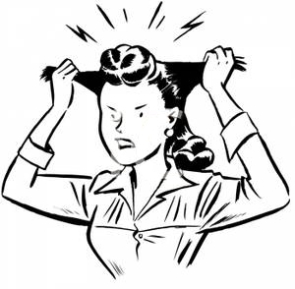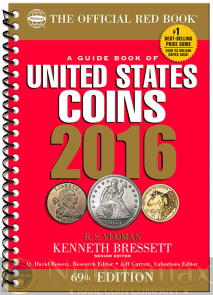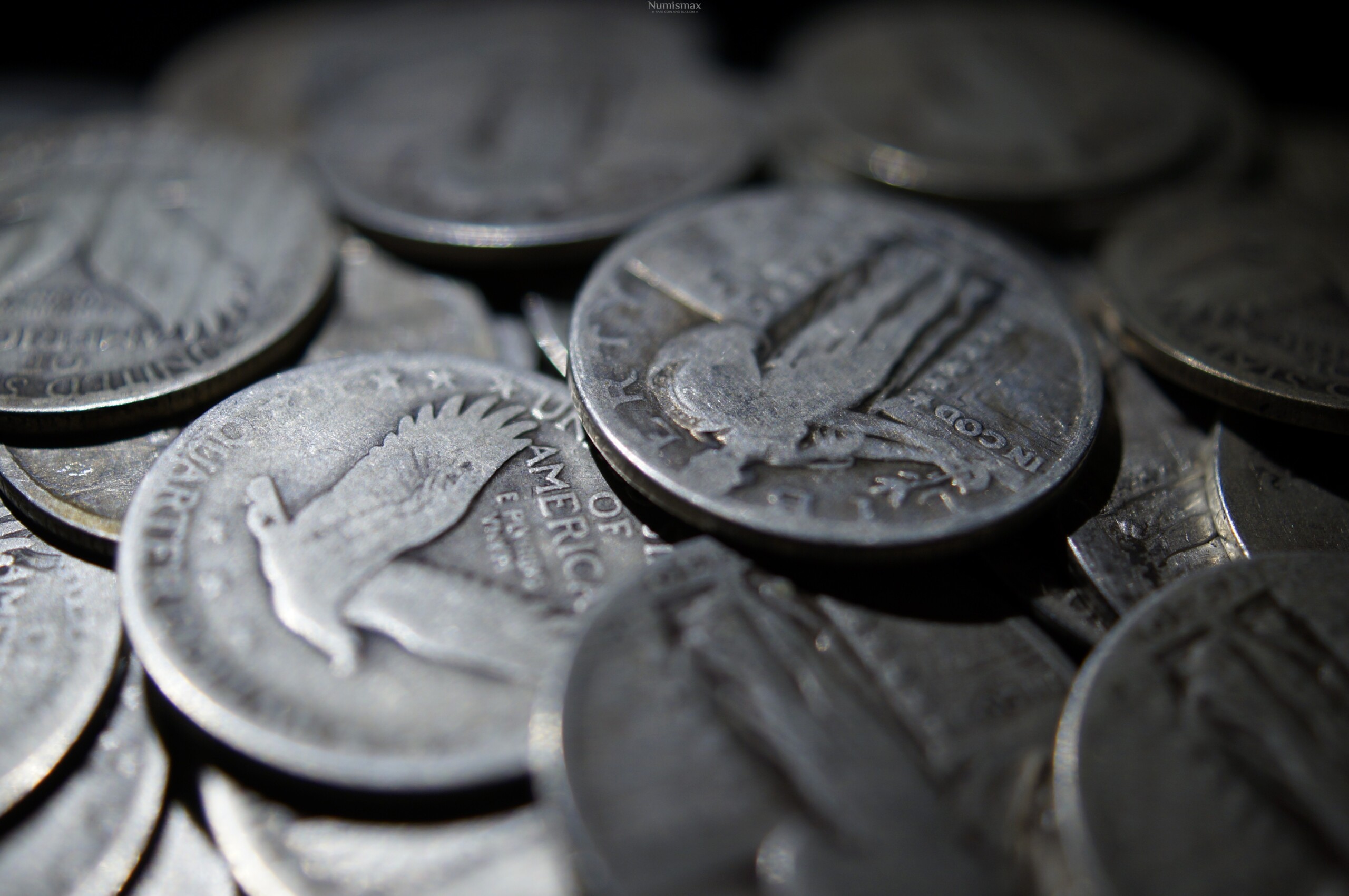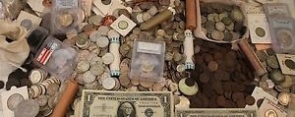Whether you have inherited a collection from a family member, or you want to sell your own after a lifetime of collecting, you’ve decided it’s time to start Selling Your Estate’s Numismatic Coin Collection…now what? This can be a daunting task for collectors and  numismatic enthusiasts, and seemingly insurmountable for the uninitiated and inheritors. The practice of buying and selling rare coins is invaluable regarding liquidating coins at the best price. “Practice makes Perfect” applies here and the regular seller develops a keen eye for the best deals and values. Worry not, for it really is not that difficult to understand the concepts of selling a coin collection, and how to execute a proper, fair deal. Over the next several articles, we will discuss “Understanding the Numismatic Collection,” “Professional Numismatic Assistance,” and “Best Numismatic Selling Practices” to aid in the understanding of Selling Your Estate’s Numismatic Coin Collection.
numismatic enthusiasts, and seemingly insurmountable for the uninitiated and inheritors. The practice of buying and selling rare coins is invaluable regarding liquidating coins at the best price. “Practice makes Perfect” applies here and the regular seller develops a keen eye for the best deals and values. Worry not, for it really is not that difficult to understand the concepts of selling a coin collection, and how to execute a proper, fair deal. Over the next several articles, we will discuss “Understanding the Numismatic Collection,” “Professional Numismatic Assistance,” and “Best Numismatic Selling Practices” to aid in the understanding of Selling Your Estate’s Numismatic Coin Collection.
Step 1: Understanding the Numismatic Collection
Numismatics is a broad and complex field of study. Mastering it is impossible. How does one make sense of all that stuff in grandpa’s safe? It’s not that hard, really. To Begin, just start making piles of things that look the same. Put the pennies with the pennies, the dollars with the dollars, the gold with the gold, and so on based on denomination and/or country (if non U.S. material). It seems that every collection has some random items with no discernible denomination. We call this stuff exonumia, and this can be put into it’s own category.
 Now what? Well, regarding Selling Your Estate’s Numismatic Coin Collection, we recommend buying R.S. Yeoman’s Guide to U.S. Coins, also known as the Red Book. This book gives a comprehensive break down of U.S. coins including all the relevant aspects of manufacture including weight, size, amounts of each metal in the alloy, and the location of the date and mint mark. There is a relative price guide that can gives a ball park idea of what the items may be worth, but be careful here. Evaluating an accurate price of a coin is tricky. For starters, one needs to accurately determine the date, mint mark, and denomination of the coin. That is the easy part, especially if you have a Red Book. Then, determine the grade or condition of the coin based on it’s level of wear, damage, luster (or lack thereof), eye-appeal and much more. This is the hard part. It takes years of study and repetition, by looking at thousands of coins, to become a proficient grader and numismatist. Even then, at every coin show, one would see experts arguing with each other over the finer points and particulars of a coin. Coin grading comes down to art, science, and opinion. But, it really isn’t as nebulous as it sounds. We would not use the prices listed in the Red Book to value the coins (prices change daily and the 2016 Red Book was printed in early 2015) more than just to be aware of their relative values TO EACH OTHER. The coins with the same lower relative values we consider the common coins, and the coins with the higher prices, in this lower column, are the key date coins. Looking at the mintage listed in the Red Book helps as a shortcut (how many of them are there relative to the other years…this matters) to determining value. Typically, the lower the mintage of a coin (determined by it’s date and mint mark combination) means that it has more rarity and therefore more value (conditional).
Now what? Well, regarding Selling Your Estate’s Numismatic Coin Collection, we recommend buying R.S. Yeoman’s Guide to U.S. Coins, also known as the Red Book. This book gives a comprehensive break down of U.S. coins including all the relevant aspects of manufacture including weight, size, amounts of each metal in the alloy, and the location of the date and mint mark. There is a relative price guide that can gives a ball park idea of what the items may be worth, but be careful here. Evaluating an accurate price of a coin is tricky. For starters, one needs to accurately determine the date, mint mark, and denomination of the coin. That is the easy part, especially if you have a Red Book. Then, determine the grade or condition of the coin based on it’s level of wear, damage, luster (or lack thereof), eye-appeal and much more. This is the hard part. It takes years of study and repetition, by looking at thousands of coins, to become a proficient grader and numismatist. Even then, at every coin show, one would see experts arguing with each other over the finer points and particulars of a coin. Coin grading comes down to art, science, and opinion. But, it really isn’t as nebulous as it sounds. We would not use the prices listed in the Red Book to value the coins (prices change daily and the 2016 Red Book was printed in early 2015) more than just to be aware of their relative values TO EACH OTHER. The coins with the same lower relative values we consider the common coins, and the coins with the higher prices, in this lower column, are the key date coins. Looking at the mintage listed in the Red Book helps as a shortcut (how many of them are there relative to the other years…this matters) to determining value. Typically, the lower the mintage of a coin (determined by it’s date and mint mark combination) means that it has more rarity and therefore more value (conditional).
We hope this has aided you in beginning the sale of the coin collection. After reading this, you should be able to begin the process of sorting out the coins, determine which coins might be common or more rare, and identify any coins that could be worth “better than common” values…all discovered using the Red Book. Check back for Step 2: Selling Your Estate’s Numismatic Coin Collection.



